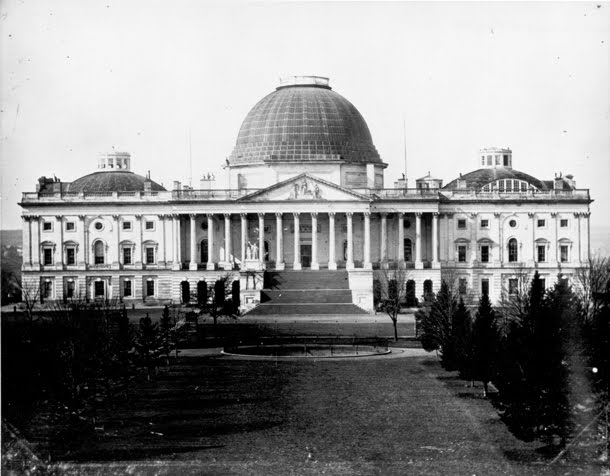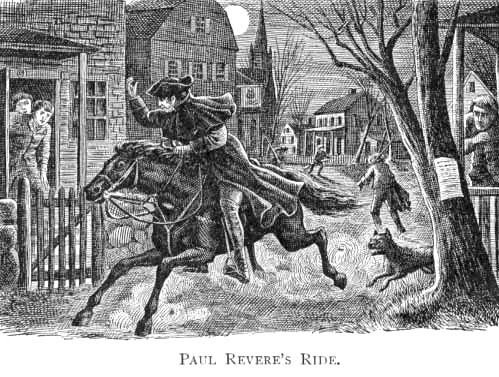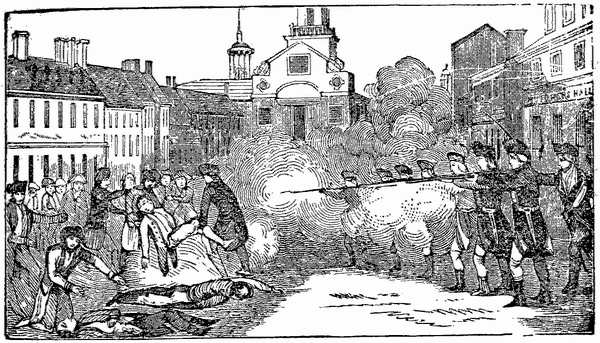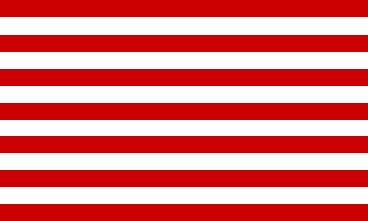from Big Government:
Judges, Guns and Money: Part IIby Josie Wales
Send lawyers, guns and money…the sh%$ has hit the fan!
Seriously! Justice Thomas opened a whole new chapter in constitutional jurisprudence with his concurring opinion regarding the 14th Amendment’s “privileges and immunities” clause.
Part II deals with Justice Thomas’ concurring opinion in McDonald v. Chicago. Part I dealt with the plurality decision written by Justice Alito, and the dissenting opinion of Justice Breyer, and is relevant to a discussion on the doctrine of incorporation. Part III will address Justice Scalia’s concurrence directed at Justice Stevens’ dissent.
Let me preface this article by saying Justice Thomas is my favorite Supreme Court Justice. Progressives often ridicule him for being “silent,” but why should he bother asking attorneys questions when their arguments focus on SCOTUS swing-vote, Justice Kennedy. His textual approach to interpreting the Constitution makes the most sense. While originalism and textualism both seek the original meaning of a statute or provision of the Constitution, originalism seeks the intent of the authors, where textualism focuses on the contemporary meaning of the text. Primary sources on the intent of authors leads to a cogent argument, but primary sources on the meanings of words promotes a sound argument (and if you never learned logic then you have some studying to do; progressive arguments are rife with fallacies).
Thomas jumps into an attack on the doctrine of incorporation (applying “fundamental” rights to the states) fairly early:
All of this is a legal fiction. The notion that a constitutional provision that guarantees only “process” before a person is deprived of life, liberty, or property could define the substance of those rights strains credulity for even the most casual user of words. Moreover, this fiction is a particularly dangerous one. The one theme that links the Court’s substantive due process precedents together is their lack of a guiding principle to distinguish “fundamental” rights that warrant protection from nonfundamental rights that do not. Today’s decision illustrates the point. Replaying a debate that has endured from the inception of the Court’s substantive due process jurisprudence, the dissents laud the “flexibility” in this Court’s substantive due process doctrine, while the plurality makes yet another effort to impose principled restraints on its exercise. But neither side argues that the meaning they attribute to the Due Process Clause was consistent with public understanding at the time of its ratification.
An important aspect of Thomas’ rejection of the doctrine of incorporation hearkens back to law school. We were taught that there were two kinds of due process: substantive (the substance of the right) and procedural (the process of protecting the right). Thomas appears to outright reject the idea of substantive due process, and this is the legal fiction to which he refers. “Due process” means the process by which we protect a right, but cannot define the right, let alone what may be a “fundamental” right. Thomas accordingly points out that the entire of history of incorporation is flawed because there is no limit to what one could consider a “fundamental” right (privacy, health care, education, etc.), under substantive due process, other than the restraint of SCOTUS. And Thomas is right to sound the alarm. Should the conservative wing of the court be broken up there is no end to what progressive justices could consider “fundamental.” Sure, the 2nd Amendment has been incorporated as a “fundamental” right today, but at what cost? Well, Thomas lays out an opinion that was unchallenged by any other member of SCOTUS, and as such, opens the door for clarity on the issue of rights and the Constitution.
Much of the second part of his opinion deals with the terms “rights,” “freedoms,” “privileges” and “immunities.” Under a textual approach to the Constitution, we must examine the meanings of these words at the time the 14th Amendment was ratified. Thomas examines the use of these words through contemporary documents and legislative history preceding the 14th Amendment, and interpretations immediately following passage of the 14th Amendment. To make a long story short, Thomas finds that these terms were used interchangeably to mean the same thing by the time the 14th Amendment was ratified. I do not believe “privileges” were the same as “rights” as drafted in the Constitution. “Rights” are inalienable, whereas “privileges” may be limited (see Article I, § 9, cl. 2). However, Thomas’ textual approach does not need to reach back to the Constitution as originally drafted. “Privileges,” for purposes of the 14th Amendment, only needs to be understood at the time that it was used, which means Thomas’ interpretation is valid.
After he parses out the meaning of “privileges,” Thomas examines some of the history surrounding violations of the 2nd Amendment privilege towards former slaves in the South. Much like the history of campaign finance reform, gun control started as a means to disenfranchise blacks.
As the Court explains, this fear led to “systematic efforts” in the “old Confederacy” to disarm the more than 180,000 freedmen who had served in the Union Army, as well as other free blacks. Some States formally prohibited blacks from possessing firearms. Others enacted legislation prohibiting blacks from carrying firearms without a license, a restriction not imposed on whites. Additionally, “[t]hroughout the South, armed parties, often consisting of ex-Confederate soldiers serving in the state militias, forcibly took firearms from newly freed slaves.”
Finally, Thomas comes to a discussion of the Slaughterhouse Cases in the last part of his opinion. The case had little to do with rights such as those in the Bill of Rights. Butchers argued that a state law infringed upon their right to practice their trade. The result of the case was a fairly narrow interpretation of the 14th Amendment’s “privileges and immunities” clause. Thomas points out that the right at issue was an un-enumerated one, which means the “privileges and immunities” clause should not preclude an inclusion of the enumerated rights in the Constitution, or rather the discernible rights within the Constitution. The decision in the Slaughterhouse Cases led to the tragic decision in Cruikshank, which determined that states could be the only protectors of the 2nd Amendment.
Cruikshank ’s holding that blacks could look only to state governments for protection of their right to keep and bear arms enabled private forces, often with the assistance of local governments, to subjugate the newly freed slaves and their descendants through a wave of private violence designed to drive blacks from the voting booth and force them into peonage, an effective return to slavery. Without federal enforcement of the inalienable right to keep and bear arms, these militias and mobs were tragically successful in waging a campaign of terror against the very people the Fourteenth Amendment had just made citizens.
Keep in mind that this is a decision the liberal wing of SCOTUS would uphold; not surprising when we understand the history of the political party that nominated those justices (while Stevens was technically a Ford appointee, his philosophy is not far from what Kagan will represent).
The meat of Thomas’ opinion is a rejection of the doctrine of incorporation, and the danger of this doctrine in progressive hands. I constantly tout the 9th Amendment as proof that our rights belong to us, and did not come from a document or the government. And SCOTUS is as much a part of the government as the political branches. The danger in SCOTUS identifying rights as “fundamental” is that in the wrong hands the doctrine of incorporation can pervert our concept of liberty. This idea came up in the Kagan hearings. Senator Coburn asked Kagan what her stance was on natural rights. She avoided this discussion by declaring she would follow the Constitution. The problem is that those “natural rights” are the ones identified in the 9th Amendment. At the time of ratification, some were worried about the scope of powers granted to the national government. The Bill of Rights were adopted to quell those fears, and the 9th Amendment seems to encompass those “natural rights” contained in the Declaration of Independence – life, liberty, and the pursuit of happiness.
We can sum up the McDonald controversy, according to Thomas, in this manner: the purpose of the 2nd Amendment was to provide for the “privilege” of firearm ownership to defend the “natural right” to life/liberty, identified in the Declaration, from tyranny. The 9th Amendment makes sure that the “natural right” to life/liberty was not narrowed by the 2nd Amendment “privilege” to defend that right. The 14th Amendment recognized the 2nd Amendment “privilege” to protect citizens from the tyranny of state governments. And thus, the “privilege” of firearm ownership became the supreme law of the land.
Thomas compacted over 100 years of constitutional jurisprudence over a legal fiction into a single provision of the Constitution. Let me be the first to say, “Thank you, Justice Thomas.”
Monday, July 5, 2010
Subscribe to:
Post Comments (Atom)
.gif)
































No comments:
Post a Comment